Bird Of Paradise Plant
₹500.00 ₹450.00
One of the most spectacular and impactful flowering plants for tropical to semi-tropical zones is Strelitzia bird of paradise.
Description
Purchase Description
- Bird Of Paradise Plant
- Product Material : Natural Plant With Pot , Quantity : 1
- Pot : Height : 5 Inches (13 cm), Pot Colour : Black (Plastic)
- Very easy to maintain and Suitable for gifting to Plant Lovers
Plant Description
The Bird of Paradise (Strelitzia nicolai) boasts a stunning display of large tropical leaves that in the wilds of southern Africa can reach up to 20' tall! In human spaces, they're more likely to stand anywhere from 3’- 8’ tall, but still rank among most houseplant fans' favorites due to the remarkable size of their rich foliage.
Choose a location for your Bird of Paradise away from air vents and drafts where the plant will get at least four hours of southern, western, or eastern exposure. Though they can tolerate lower light conditions, the Bird of Paradise will not thrive long-term without adequate sunlight, so we always recommend placing them in bright light.
Bird of Paradise plants are often confused with banana plants, but while bananas grow from a central stalk, Bird of Paradise plants have many leaf fronds.
Routine Maintenance
PRO TIP: In the winter months when the sun is further from earth, Birds of Paradise go through a “resting” period and require less water. October – February you can dial back the amount of water given provided you don’t have the plant near a dry heat source. In general it is better to adjust the amount of water given rather than the frequency of watering.
Always be sure to assess your plant’s watering needs upon receiving it. Before giving your plant a drink, it is best to check the moisture level in the soil first to ensure it isn’t moist right beneath the surface. Also, consider aerating the soil of your plant before the initial watering. We compact the soil to avoid shifting during transit, so aerating can help the soil breathe and allow moisture to be released.
Birds of Paradise enjoy moist (but not soggy) soil, and being allowed to dry out slightly between waterings. Try not to let the soil dry completely through the pot, but also avoid overwatering. These plants do particularly well in our self watering containers.
The splits in the leaves of the Bird of Paradise are natural, and allow light to access the lower portion of the plant. Keep your plant away from drafts, and apply extra humidity with a humidifier, pebble tray, or mister to keep the splitting to a minimum.
Rotate your plant periodically to ensure even growth on all sides and dust the leaves often so the plant can photosynthesize efficiently. When dusting the leaves, also take the opportunity to inspect the undersides and keep an eye out for pests.
Remember each plant is a unique living thing and may have varying needs, especially in their individual locations. Pay attention to the condition of your Bird of Paradise and its watering needs and you will have a long and happy relationship.
Standard Planter Instructions
There are two types of standard planters offered by Greenery NYC, those with drainage holes, and those without. Within those two categories are an array of sizes and styles to choose from. All these factors play a role in the quantity and frequency of water given to your plant.
Plants purchased in a pot without a drainage hole, have been set up with a built in drainage system. A layer of hydro stones (porous, absorbent material made of recycled glass) has been placed beneath the soil to act as a reservoir and retain any excess water that flows through the soil. You will need to be slightly more cautious not to pour too much water into these containers as there is no way for the water to escape. We suggest pouring small amounts of water in bit by bit, until you have reached the desired moisture level in the soil.
Always be sure to assess your plant's watering needs upon receiving it. Refer to the routine maintenance section for moisture requirements.
Self Watering Container Instructions
The self-watering planters require a good, solid watering of the topsoil after they are first placed. This is important because the roots of the plants need to grow into the reservoir first in order to drink from it. Follow the standard planter instructions for the first four weeks. Then the reservoir is ready to be tested.
TEST: After four weeks, fill the water reservoir until the red indicator reaches the MAX line. If the indicator goes down over the first few days, it means the plant is ready for regular reservoir servicing. If not, be sure to continue top watering for a few more weeks, until the red indicator goes down, meaning the plant has started drinking from the reservoir.
RESERVOIR SERVICING: Once the indicator goes down, do not refill the reservoir right away. Similar to how humans need a breath of air between gulps of water, almost all plants require a drying out period. Always allow for the reservoir to empty all the way, and after a drying out period of a few days, be sure to refill it until the indicator reaches the MAX line.
From here on out, you should NEVER topwater the plant. If you water from the top, it can drown the plant. In the Self Watering Container, the top layer of soil will eventually become extremely dry and hard, and may even pull away from the edges of the pot. This is not a cause for concern, but simply because the plant is drinking directly from its roots in the water reservoir.
Disclaimer: The image is for reference purposes only. The actual product may vary in shape or appearance based on climate, age, height, etc.
Only logged in customers who have purchased this product may leave a review.

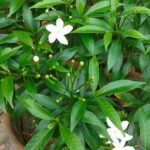
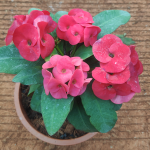
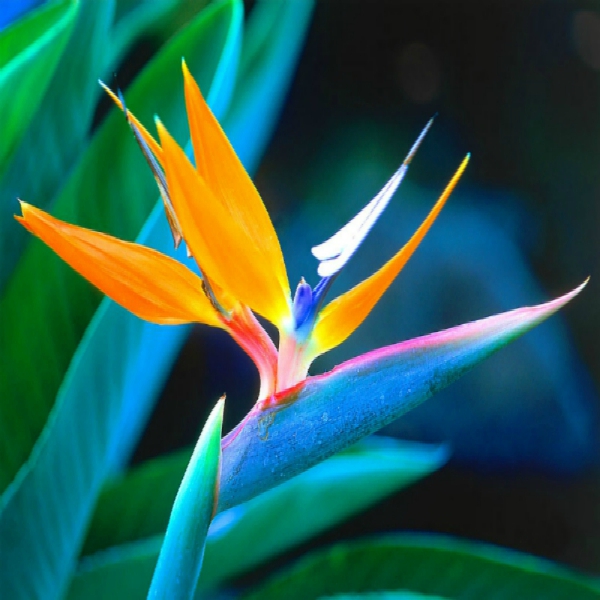
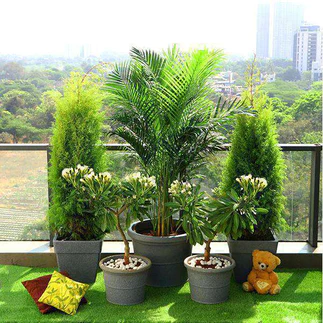
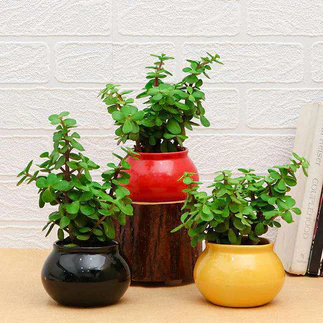
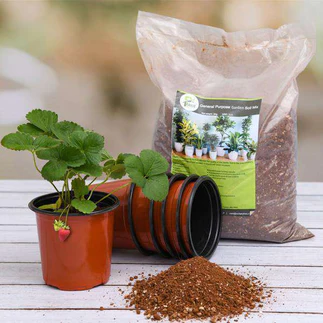
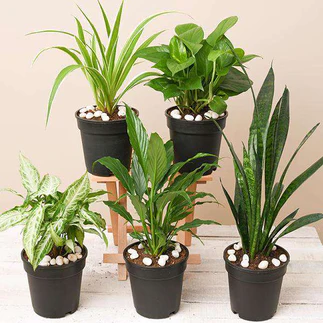
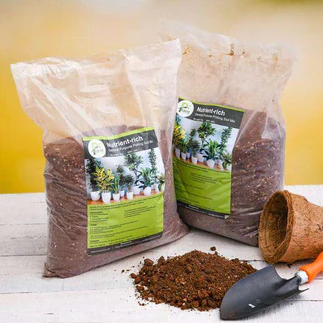
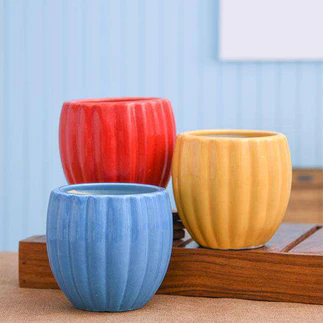
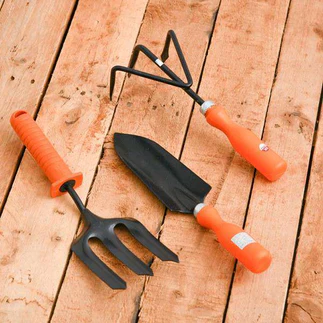
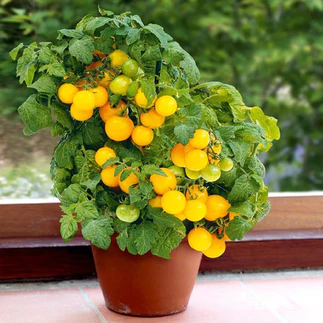
Reviews
There are no reviews yet.